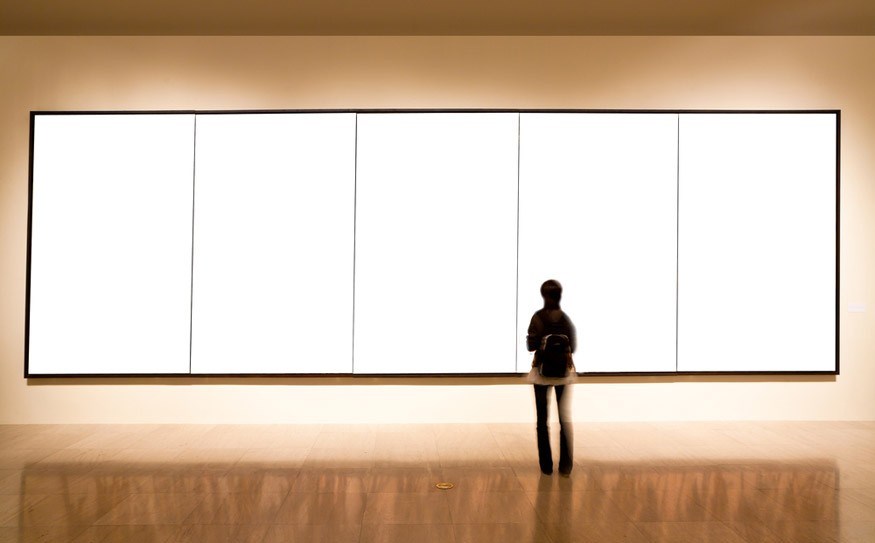The critically important role of the arts in the academy, as in life, is to enable us to see the world and the human condition differently, and in seeing the world through a particular work of art, to see a truth we might not have understood before.
– Thomas Cronin, former president Whitman College
Last week's announcement that Michael Audain wants to build a museum in Whistler to house his significant collection of West Coast art is extraordinarily good news for the community. After years of discussions and reports about the importance of arts and culture to diversifying Whistler's tourism economy, and incremental steps leading in that direction, a major investment from a highly respected patron of the arts pushes the matter to a whole new level.
Whistler's efforts to support culture, which got serious more than a decade ago with the decision to substantially boost funding for the Whistler Arts Council, seem to have played a role in Audain's decision. The community has continued to invest in cultural development with, among other things, the merging of Millennium Place and the arts council, producing a series of cultural performances and events leading up to and during the Olympics, the cultural tourism strategy and, now, the community cultural plan currently underway (Full disclosure: I am a board member of the Whistler Arts Council and chair of the steering committee overseeing the community cultural plan).
But to have an organization like the Audain Foundation offer to build and operate an international-calibre museum, and contribute an important collection of British Columbia artwork, pushes Whistler's cultural scene toward a critical mass. Paired with the acclaimed Squamish Lil'wat Cultural Centre, the Audain facility would make Whistler a destination for people interested in West Coast arts.
That critical mass would also draw attention to existing arts and culture in Whistler, including other galleries, public art on display throughout the valley, concerts (and perhaps theatre) at Whistler Olympic Plaza, film and literary efforts.
The significance of the Audain museum and its works will radiate beyond those who "know" art or are interested in the collection. Indeed, it's not expected that most Whistler residents or visitors will suddenly become infatuated with Emily Carr (although there is a little-known connection: in 1933 Carr spent some time in the corridor trying to capture the Coast Mountains on canvas. The significance may be felt in the same way that a university or a high-tech park influences the people who live and work in its midst, even if they don't attend classes or work there. The surrounding community has enough interaction with the facility and the people attending that a degree of understanding and appreciation develops.
Would it be "authentic culture," indigenous to the land the way that the Squamish Lil'wat Cultural Centre's artifacts and lore are indigenous to the region? Not quite, although the above-mentioned Emily Carr connection is worth remembering. Moreover, Audain has said the museum would commission new works of art and would host travelling exhibitions — opportunities, perhaps, not only for development of local culture but for local artists.
Regardless, to dismiss a collection of British Columbia art as significant as the Audain Collection — a major exhibition at the Vancouver Art Gallery last year — because most of it is representative of other regions of the province is just small minded.
The museum proposal has come about very quickly, with few people knowing about it before the announcement. Some have suggested the public has been left out of the "process." Others might see the "process" for Whistler as expediting building permits and approvals to make sure the museum is built here before another community comes up with a better offer to the Audain Foundation.
The site proposed for the museum is owned by the municipality. It is underutilized, having at various times been home to WAG and to a vehicle impound yard. Many years ago there was a suggestion the site could become an outdoor theatre or at least an extension of Village Park, the linear park that follows the stream from Millennium Place to the Stoney Creek condos. It is an ideal location for a major cultural facility, next to the village and between Millennium Place and the Squamish Lil'wat Cultural Centre.
According to a 2009 Vancouver Magazine story (http://www.vanmag.com/News_and_Features/Inside_Vancouver/The_Philanthropist) Michael Audain had, at that time, given nearly $17 million to visual arts institutions in Canada. He continues to chair the Vancouver Art Gallery Foundation and until this summer was chair of the National Gallery of Canada board. He is 75 and healthy, but nevertheless is anxious to build a museum to house his collection. He flew off to France last week after announcing the Whistler project so that he could review the Maeght Foundation museum, which he saw 20 years ago and became the inspiration for this proposal.
He hopes to break ground on the Whistler project next spring.
"I can tell you that we're going to do this very expeditiously," he said last week. "One of the attractions of the Whistler site is it appears it can move a lot faster than some of the others we've been offered. I'm of a certain age that I want to see the museum open while I'm still alive. I've got to be pushing it from that point of view."
Whistler's hope is for an expeditious start as well.




